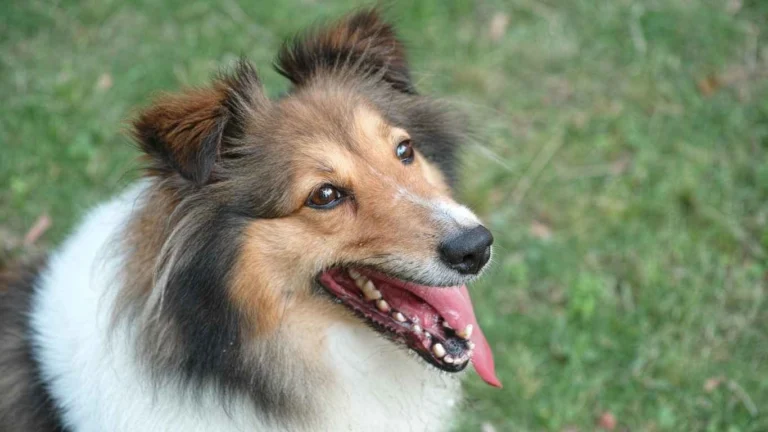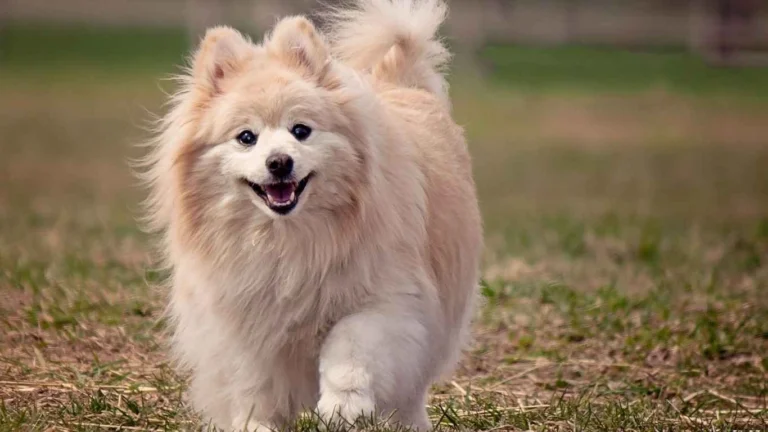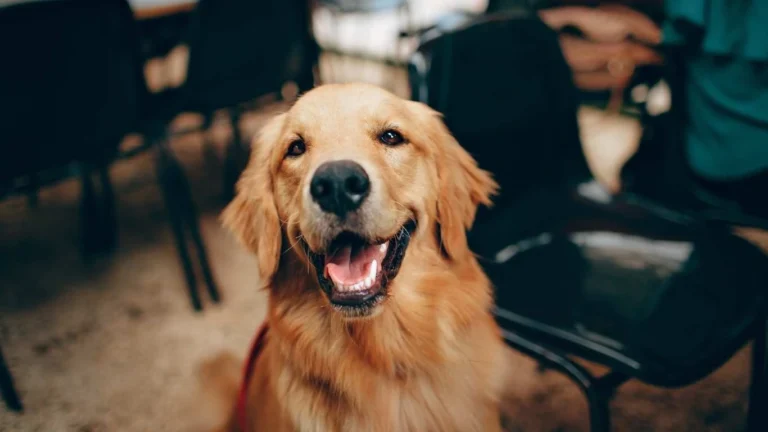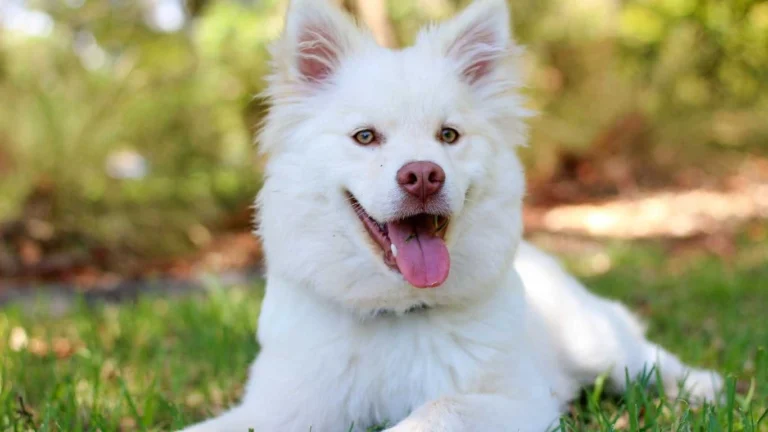Safely Store Homemade Dog Food: Must-Know Tips for Fresh Meals
If you’ve ever taken the time to make your own dog’s meals from scratch, you know how rewarding—and let’s be real, time-consuming—it can be. As someone who’s worked hands-on as an Animal Care Specialist in shelters and pet clinics, I’ve seen firsthand the benefits of fresh, homemade food. But I’ve also seen the risks when it’s not stored correctly. How to store homemade dog food safely is a question I get asked all the time, and trust me, it’s more important than most pet parents realize.
Why Storage Matters More Than You Think
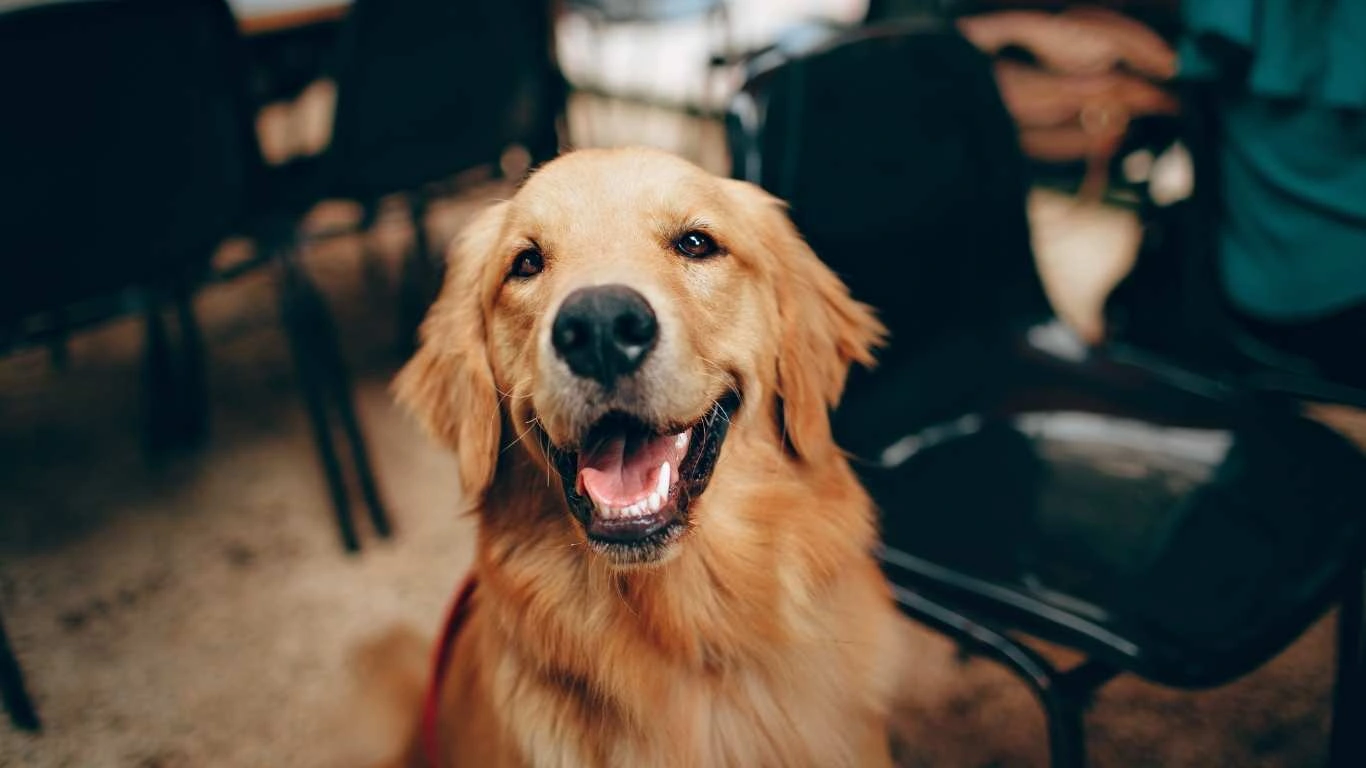
So here’s the deal—homemade dog food doesn’t contain the preservatives that commercial kibble does. That’s a win for your pup’s health, sure, but it also means you’ve gotta be more cautious. I’ve had clients bring in dogs with upset tummies or worse—bacterial infections—all because the food was left out too long or improperly stored. Just like with human food, it can spoil, mold, or grow bacteria fast if you’re not careful.
And the crazy part? A lot of people are doing all the right things with nutrition, but one little misstep in storage throws everything off. So let’s get into how you can avoid that and keep your dog safe, healthy, and tail-wagging happy.
Get to Know the Enemies: Spoilage, Bacteria, and Loss of Nutrients
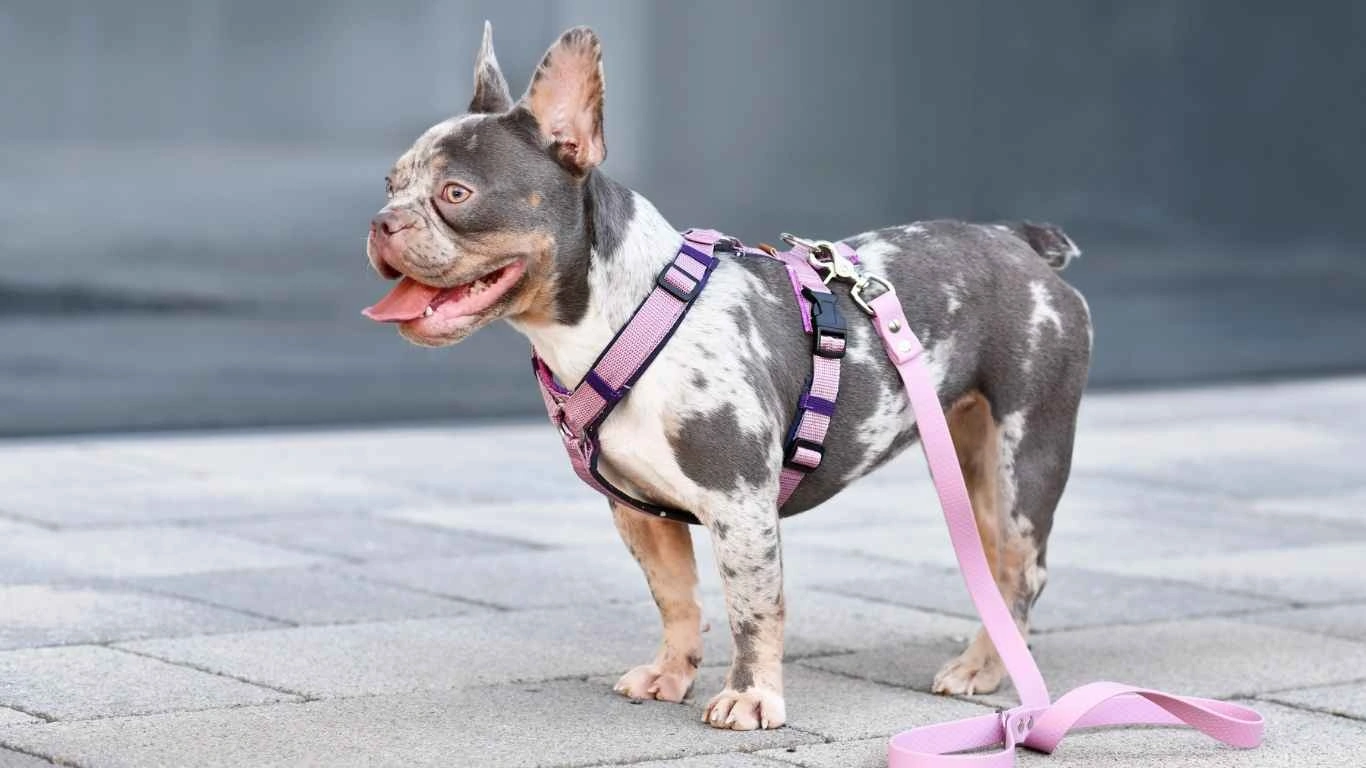
1. Spoilage Happens Faster Than You Think
Most homemade dog food has a base of protein, grains, and veggies. Without preservatives, it starts to break down quickly, especially if it’s warm. Leaving it on the counter? Bad idea. I once had a client forget a batch out overnight—woke up to a very sick Labrador.
2. Bacteria Loves Moisture and Warmth
This is a biggie. Salmonella and Listeria are just waiting for the chance to thrive in improperly stored food. These don’t just affect your dog—they can put your entire household at risk. That’s why food safety isn’t just about the pup. It’s about the whole family.
3. Nutrients Break Down Over Time
Ever heard of oxidation? When homemade food sits too long, even in the fridge, essential nutrients like omega-3s and vitamins start to degrade. That means your dog isn’t getting the full benefit of the food you worked so hard to prepare.
How to Store Homemade Dog Food Safely at Home
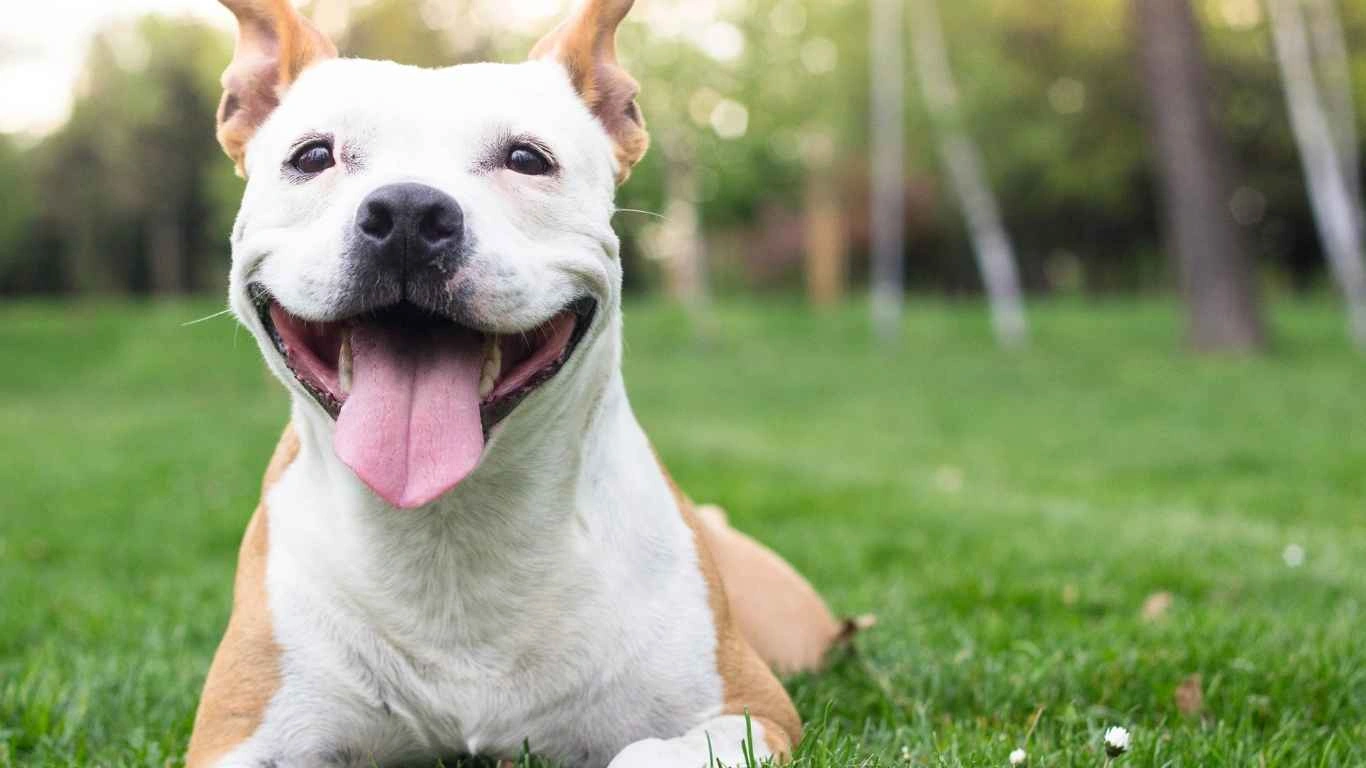
Refrigeration is Your First Line of Defense
Once cooked and cooled, transfer meals into airtight containers and refrigerate immediately. In my own routine, I portion out 2–3 days’ worth of food at a time. Anything more than that? Freeze it. And don’t just toss it in a bowl with foil on top—air exposure is a freshness killer.
Freezing for Longer-Term Storage
For longer shelf life, freezing is gold. Here’s what I do:
- Use BPA-free, freezer-safe containers
- Label with the date so you know how long it’s been in there
- Freeze in individual portions to make thawing easier
Trust me, it saves time and mess in the long run. I’ve even had pet parents use silicone molds to portion and freeze meals—super handy if you’ve got a small dog or need to mix up flavors regularly.
Safe Thawing Techniques
Please, for the love of dogs, don’t leave frozen food out on the counter to thaw. Use the fridge or a cold water bath instead. This keeps the temperature in the safe zone, where bacteria can’t party. If I had a dollar for every time I reminded someone of this, I could probably open my own rescue shelter!
Signs Your Dog’s Food Has Gone Bad
Even with the best storage practices, it’s important to check food before serving. Here’s what to watch for:
- Foul or sour smell – trust your nose, it doesn’t lie
- Mold or discoloration – obvious red flag
- Change in texture – slimy or sticky is a no-go
- Your dog sniffs and walks away – listen to them!
Just like humans, dogs have a sense when something’s off. If they hesitate, there’s usually a reason. When in doubt, toss it out. It’s not worth the vet bill—or your dog’s discomfort.
Best Containers for Storing Homemade Dog Food
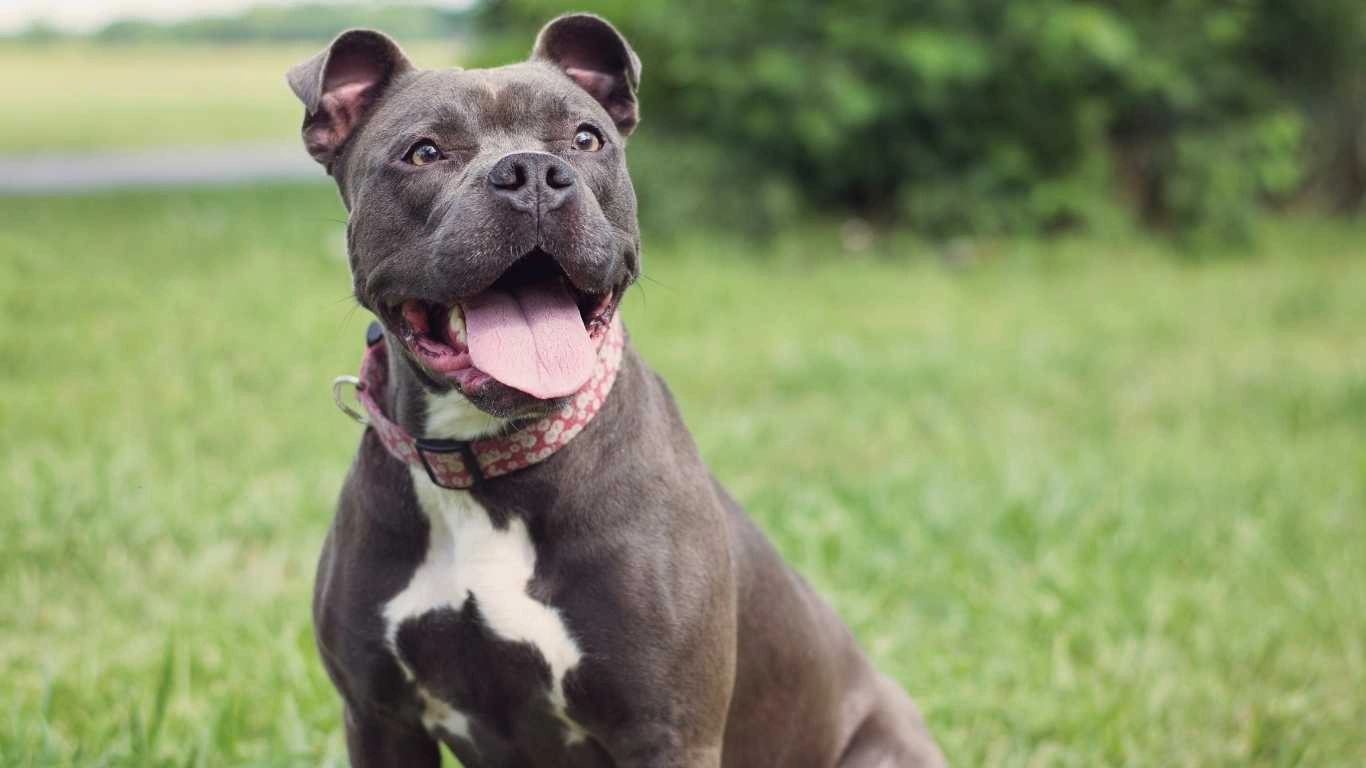
Let’s talk containers—because not all are created equal. Back when I first started preparing meals for shelter pups to help with sensitive stomachs or recovery diets, I learned this the hard way. I stored a batch in some old plastic containers, and within days, the food had this weird plastic-y smell. Gross. It turns out, the type of container you use can make a huge difference in food safety and freshness.
Go for BPA-Free and Airtight
BPA-free plastic or tempered glass containers with airtight seals are your best bet. They keep out moisture, oxygen, and bacteria. I love using containers that are both freezer- and microwave-safe—it makes reheating a breeze (just make sure to let it cool before serving!).
Stainless Steel is Great for Short-Term Use
I also use stainless steel bowls for storing food short-term, especially if I’m prepping in the morning for the evening meal. Just make sure to cover it tightly with a lid or food-safe wrap. No one likes dry, crusty dog food, not even your pup.
Avoid Cheap Plastics
They stain, crack, and can even leach chemicals into your dog’s food. If the container smells weird after a wash or gets cloudy over time—ditch it. That’s not something you want mixing with all that carefully prepared nutrition.
Labeling and Rotating: The Simple Habit That Saves You Trouble
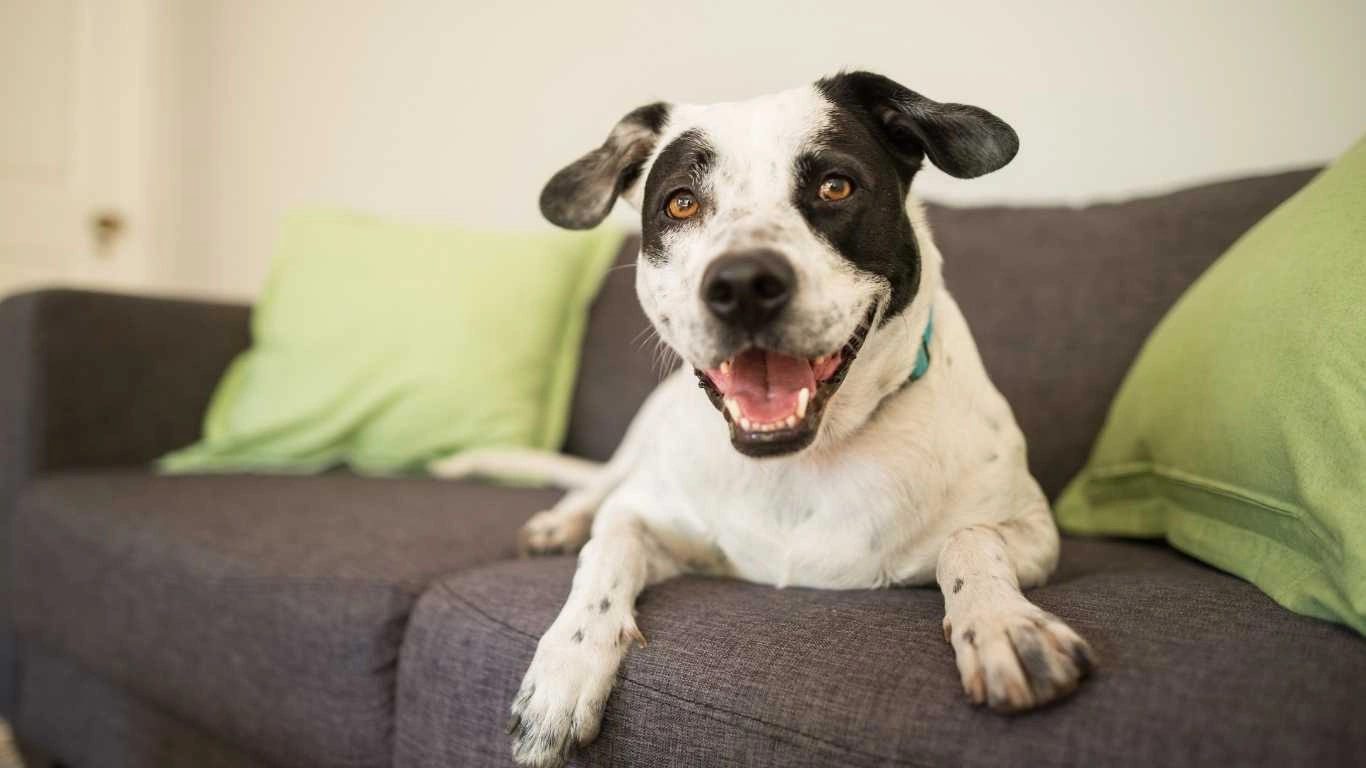
One thing I always recommend—especially for pet parents making food in bulk—is to label everything. When you’ve got multiple containers in the fridge or freezer, it’s way too easy to lose track of what’s what and how long it’s been sitting there.
Make a Habit of Labeling
All you need is some masking tape and a permanent marker. Write the type of meal and the date it was made. That’s it. I once had a client who used color-coded stickers for different recipes (beef, chicken, fish)—genius if you ask me, especially when you’ve got a picky eater or one with allergies.
Use the FIFO Rule
First In, First Out. It’s something we drilled into our routines at the shelter, and it works wonders at home too. Use the oldest meals first and keep the newer batches behind them. This helps you avoid food going bad and ensures your pup gets the freshest bites every time.
What to Avoid When Storing Homemade Dog Food
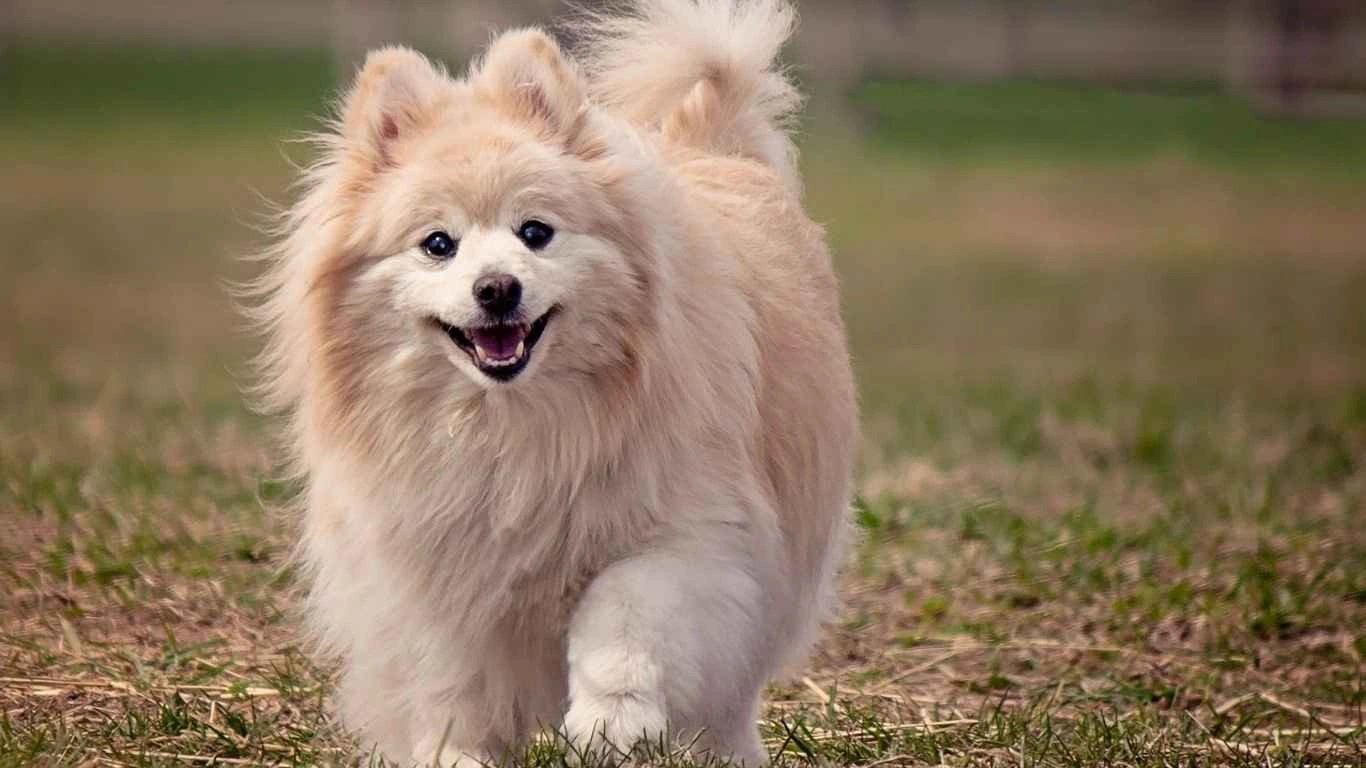
Even if you’re doing everything else right, certain habits can trip you up. I’ve made these mistakes myself—hey, we’re all learning—but knowing what to watch for makes a big difference.
Don’t Leave Food in the Cooking Pot
Seems obvious, right? But it happens more than you’d think. I had a foster dog once and after prepping a huge batch of food, I left it in the pot to cool, then totally forgot about it for hours. By the time I remembered, it had already started to sour. Lesson learned—transfer food into storage containers as soon as it’s cool enough.
Avoid Overfilling Containers
Leave a little space at the top for expansion—especially if you’re freezing. Overfilled containers can crack, leak, or worse, not seal properly. You don’t want freezer burn ruining your hard work.
Never Reheat More Than Once
This is another thing we’re strict about in clinical settings. Every time you reheat food, you risk killing off more nutrients and allowing bacteria to multiply. So only thaw or reheat what your pup will eat in one go. I always divide meals into single-serving portions to make this easier.
Bonus Tips for Safe Homemade Dog Food Prep
Alright, before we wrap this section, here are a few extra nuggets of wisdom I’ve picked up along the way:
- Wash hands and prep surfaces thoroughly before and after cooking
- Sanitize storage containers regularly—a quick vinegar rinse does wonders
- Use clean utensils every time you serve (don’t double dip!)
- Keep your fridge at 40°F (4°C) or lower and your freezer at 0°F (-18°C)
Prepping your dog’s food at home is a labor of love. It’s something I admire in pet parents, because it shows such a high level of care and commitment. Just make sure that love doesn’t go to waste because of a small storage misstep. With the right tools and a few mindful habits, keeping your homemade meals safe and fresh is totally doable—and so worth it.
Traveling or Meal Prepping? Here’s How to Store Homemade Dog Food Safely on the Go
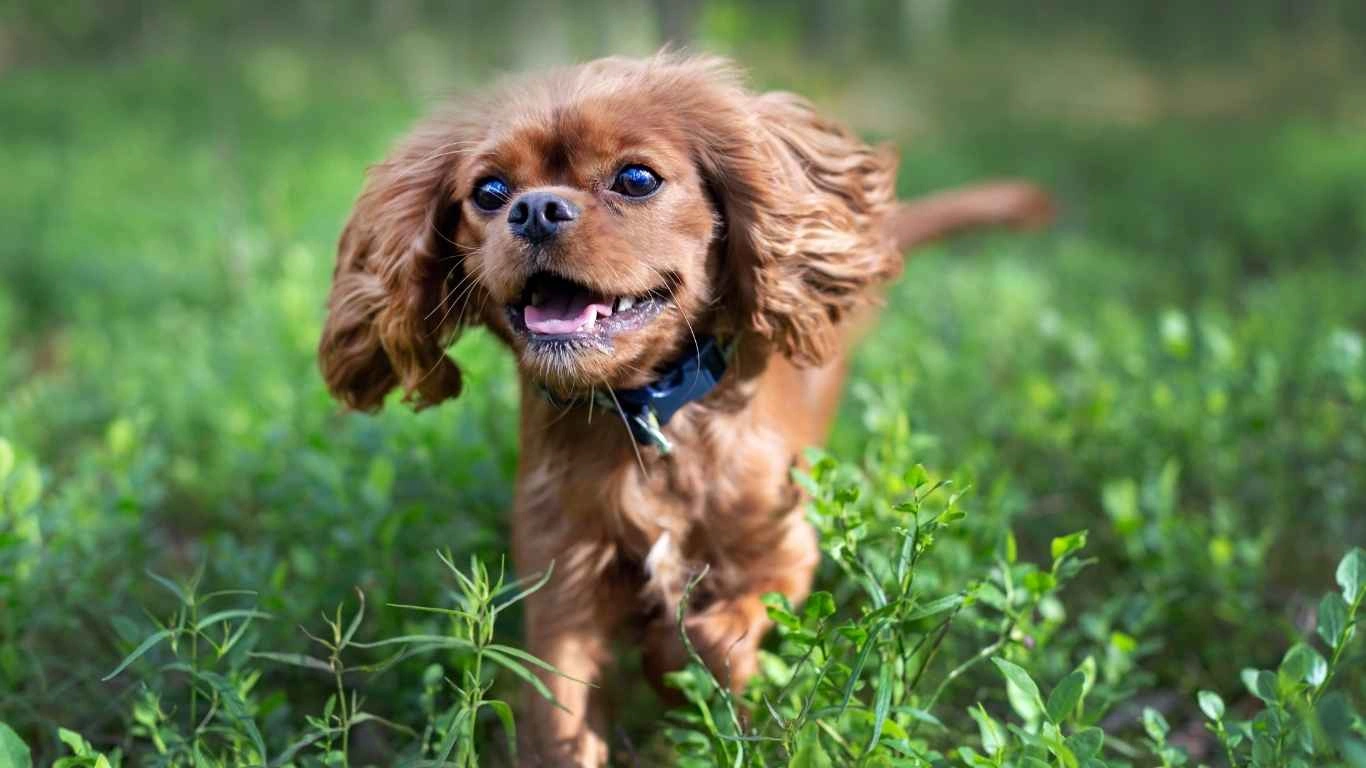
If you’re like me and love taking your pup on road trips, weekend hikes, or even just visiting family across town, you’ve probably asked yourself—how do I keep homemade dog food safe when we’re not at home? I’ve had my fair share of trial-and-error moments (like that time I forgot to pack ice packs and had to toss a full cooler of food—ouch!). But over the years, I’ve picked up some solid strategies that work, and they don’t require a lot of fancy gear.
Use Insulated Coolers or Thermal Bags
When you’re traveling, keeping your dog’s food chilled is rule number one. A good-quality cooler with reusable ice packs does the trick for short trips. For longer hauls, I use a portable mini fridge that plugs into the car—it’s been a lifesaver more than once.
Pre-Portion and Vacuum Seal for Freshness
Vacuum-sealing isn’t just for prepping human meals. It’s amazing for dog food too. It reduces air exposure, saves space, and keeps meals fresh longer—especially when you’re dealing with limited fridge or cooler space. I always portion food into single servings before sealing to avoid any fuss while feeding on the road.
Freeze Meals Before You Leave
Even if you plan to refrigerate food during travel, starting with frozen meals gives you a buffer. As they thaw naturally over time, you’re buying yourself more hours of safe storage. I always toss a frozen pack into my dog’s travel bag before leaving—it keeps everything cool and ready to eat later in the day.
Making It Easier: Meal Prep Tools I Personally Recommend
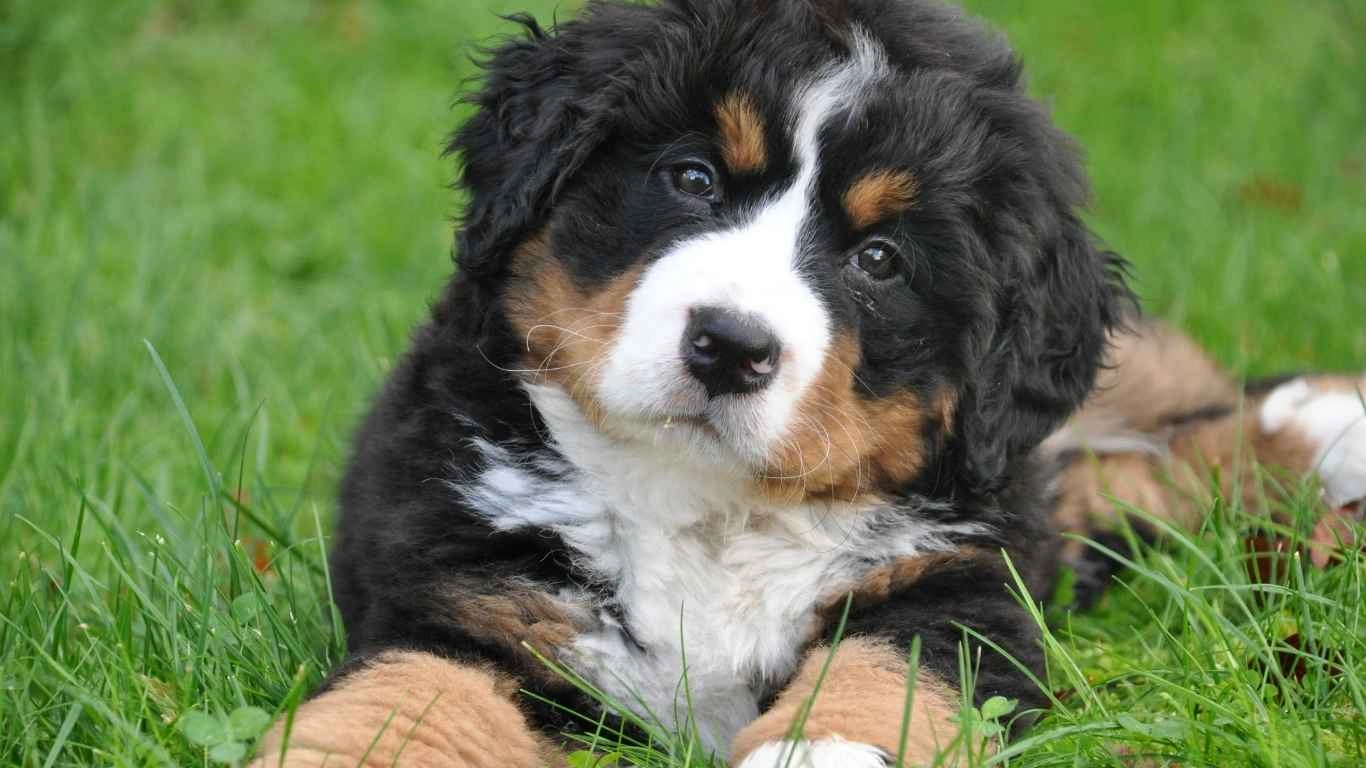
Let’s be real—homemade dog food takes effort. Between shopping, prepping, cooking, and storing, it’s basically a part-time job. But with the right tools? Game changer. I don’t say this lightly—I’ve worked in high-paced shelters where meal prep needed to be fast and efficient, and these tools helped streamline everything.
1. Vacuum Sealer
Like I mentioned earlier, vacuum sealing extends shelf life, preserves nutrients, and keeps portions clean and tidy. Worth every penny.
2. Portion Scoopers and Silicone Molds
Whether you’re scooping out daily meals or freezing perfect portions, having a designated scoop helps keep serving sizes consistent. For small dogs, silicone cupcake molds make awesome mini-meal freezers.
3. Food Scale
I recommend every dog owner use a food scale—especially if your pup is on a special diet or needs weight management. It ensures precision in both prep and feeding.
4. Label Maker or Washable Markers
Yes, it might sound over the top, but if you’ve got multiple pets or rotate recipes, labeling helps you stay organized and avoid any food mix-ups (especially important for allergy-sensitive dogs).
How Long Can You Store Homemade Dog Food?
Okay, now for the timeline cheat sheet. Based on what I’ve learned in clinical settings and personal experience, here’s a general guide for how long you can safely store different types of homemade dog food:
- In the fridge: 3–4 days max
- In the freezer: Up to 3 months (vacuum-sealed lasts even longer)
- On-the-go (in cooler with ice packs): 6–8 hours
Always err on the side of caution. If something smells even slightly off, toss it. It’s just not worth the risk to your dog’s health. I’ve seen pups bounce back from stomach issues quickly—but I’ve also seen cases that required IV fluids and antibiotics. Prevention is always easier.
Additional Resources for Safe Dog Food Handling
While everything I’ve shared is based on years of hands-on experience, I also lean on trusted veterinary and nutrition sources when giving advice. If you’re prepping food at home, especially for dogs with special dietary needs, you’ll want to check these out too:
- American Gastroenterological Association – for safe food handling and bacterial contamination info
- American Veterinary Medical Association – pet food safety tips and nutritional guidance
- U.S. Food & Drug Administration – food storage and safety guidelines
Disclaimer
The information in this article is based on personal experience as an Animal Care Specialist and should not be used as a substitute for professional veterinary advice. Always consult with your vet before making any major changes to your dog’s diet or feeding routine—especially if your dog has existing health issues or allergies.
Keeping homemade dog food safe isn’t complicated—it just takes a little planning, the right tools, and good habits. And when you see your dog thriving, licking their bowl clean, and maybe even doing that little happy dance before dinner? Totally worth it.

